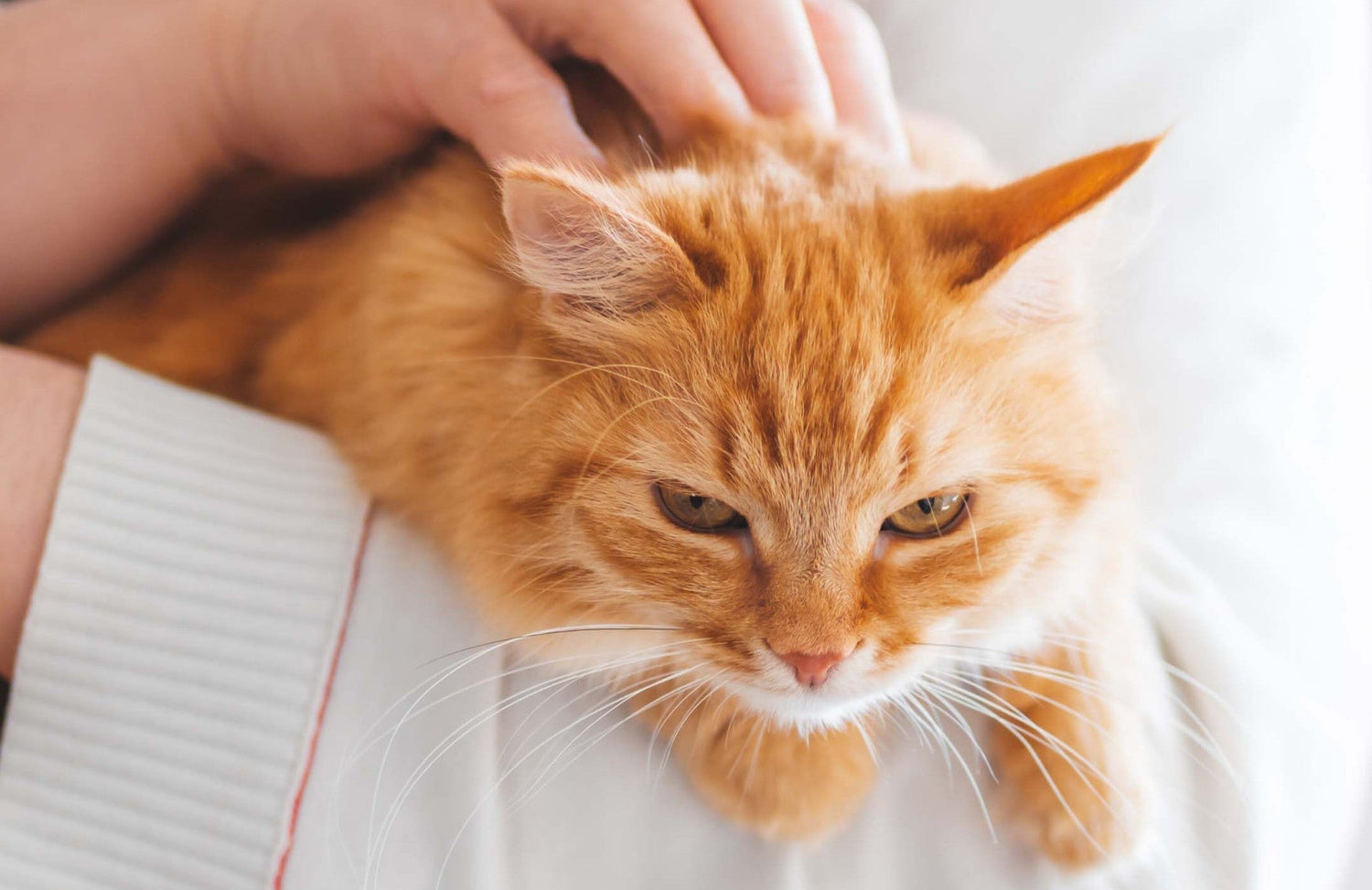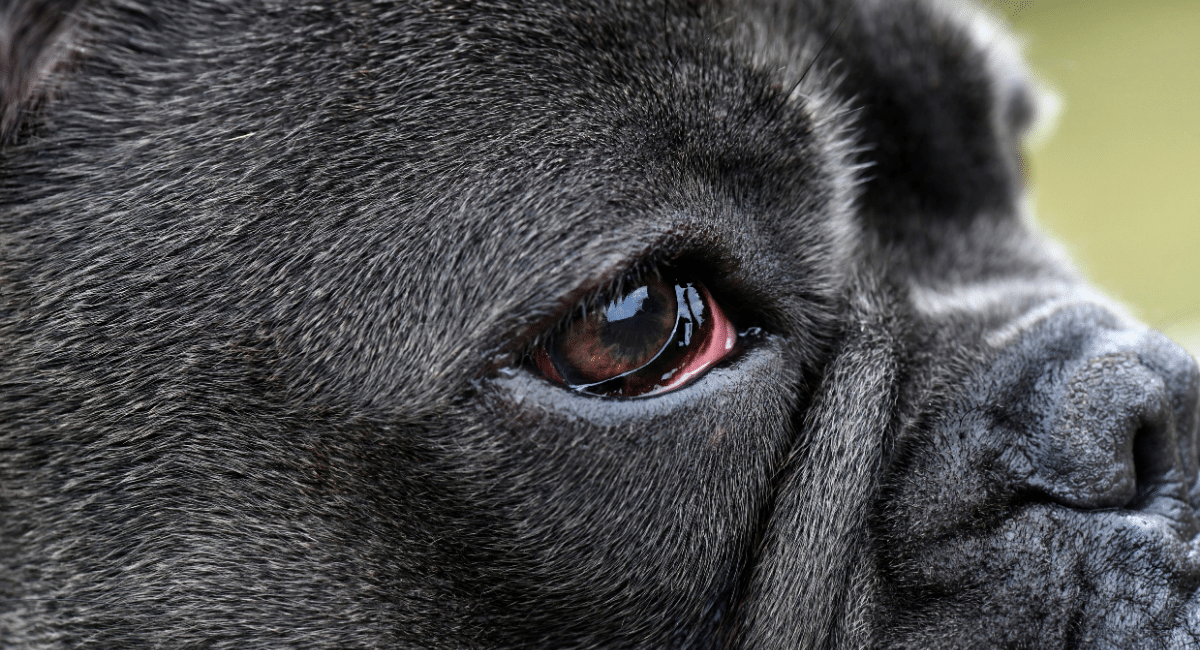No one likes to hear the dreaded “C” word but unfortunately, just as with humans, cancer is on the rise in both dogs and cats - or so some studies say. The truth is that, unlike all the research done on humans, not enough research has been done to show definitively whether this is true or not for pets. Regardless of what happens in the general pet population, when it happens to your fur baby the news is devastating. So what can you do? The answer is to learn as much as you can about it now and be prepared.
For cats, one of the most common forms of this disease is feline leukemia. Leukemia is a disease of the white blood cells that attacks the immune system in both cats and humans. Feline leukemia is caused by the Feline Leukemia Virus known as FeLV. Specifically, there are three different strains of leukemia that fall under the umbrella of feline leukemia virus. All three types of feline leukemia have the potential to be fatal, so it is imperative that cat parents stay alert for any symptoms. The good news is that we can protect our cats from FeLV and with early intervention 70% of cats can recover from the illness. The goal is always to detect FeLV before the cat develops more severe symptoms and then support their immune system to minimize future infection.
CAT LEUKEMIA - WHAT IS IT?
Lukemia in cats is classified into three general disease categories named FeLV-A, FeLV-B, and FeLV-C. The first, type A, is the ‘base’ type of feline leukemia and occurs in all cats with the virus. It causes severe immuno suppression (weakening of the immune system) and is highly contagious - but only to other cats. The disease cannot be transmitted to humans or dogs. The second type is slightly rarer, occurring in 50% of all cases of feline leukemia. It causes neoplastic disease, which is the medical term for uncontrolled cellular growth, or tumors. Type B is formed from a combination of FeLV-A and FeLV DNA. Lastly, type C is very rare---it only occurs in 1% of cats with feline leukemia virus---but it causes severe anemia (a decrease in the number of red blood cells), reducing the ability of the blood to carry oxygen. This type of FeLV is a mutation of FeLV-A.
FELINE LEUKEMIA TRANSMISSION
The virus seems to affect kittens and younger cats more than older ones as they have weaker immune systems. Cats are most commonly exposed to FeLV when they get into fights. FeLV is a virus that is spread mainly through saliva and mucus, and the wounds a cat receives from bites during a fight provide an entry point into the body. Cats can also get FeLV from saliva by sharing food or water bowls or by grooming one another. A cat’s milk is another transmission method, usually occurring between a mother and her kittens. Less often, FeLV can also be transmitted through feces or urine when several cats share a litter box.
Due to these various transmission methods, cats infected with FeLV are dangerous to other cats, and so they must live indoors in single-cat homes or strictly separate rooms. If a FeLV-positive cat will only be in your house temporarily, you may let your cats return to your home as soon as three days after the infected cat is gone, as the feline virus cannot live for more than a few hours outside of the cat. However, for the first few days they’re back, make sure you watch your cat carefully for the following symptoms of FeLV, just in case.
FELINE LEUKEMIA SYMPTOMS
All three types of feline leukemia virus have distinct symptoms, and the odds of your cat showing a specific symptom depend on which type of FeLV they may have contracted and what stage of the disease they are in. However, some general signs of feline leukemia virus include:
- Fever
- Diarrhea
- Seizures
- Difficulty breathing or frequent respiratory infections
- Pale or inflamed gums (gingivitis)
- Yellow color in the mouth and whites of eyes (jaundice)
- Enlarged lymph nodes
- Bladder problems
- Loss of appetite and unexplained weight loss
- Mange or fur loss
- Progressive weakness and lethargy
- Reproductive problems such as sterility in unspayed female cats
- Cat Stomatitis or mouth ulcers
Because the consequences of gum disease are severe, it's important to contact your vet or take steps to receive treatment for your dog. The easiest way to take note of your dog's oral health is to look for the above symptoms.
CAT LEUKEMIA TREATMENT OPTIONS
Many of these symptoms (like bladder, skin, and respiratory infections, and stomatitis) have their own specific signs, which the responsible pet owner should look into. In addition, because of the immuno-suppression caused by FeLV, cats may contract other diseases with symptoms not on the list that could still be signs of this virus. In general, always contact a vet if you notice anything unusual going on with your cat, as the earlier a disease is detected, the more likely a sufficient treatment is found, letting your cat have a better quality of life.
While there is currently no way to treat FeLV completely, secondary infections and related symptoms can be treated in order to prolong and improve a cat’s life. Veterinarians treating and managing FeLV-positive cats tend to prescribe antibiotics for bacterial infections, or will sometimes perform blood transfusions for severe anemia. A vaccine is available to protect against FeLv, however it is not proven to be 100% effective and therefore pet owners need to weigh the risk of their cat being exposed to a cat infected with the virus vs the impacts of getting the vaccine. One of the best ways to help cats fight against the FeLV is to ensure that they have a strong immune system that can fight off the virus. A good immune supplement such as Immunity Boost for Cats can provide the extra support a young kitten needs to stay healthy and strong.
The only sure way to protect cats from FeLV is to prevent their exposure to FeLV-infected cats. Keep FeLV-positive cats indoors to prevent the spread of the virus to other cats, while also reducing the risk that your kitty will be exposed to pathogens that their weakened immune system cannot protect them from. If the cat is an outdoor cat, then be sure to place them in a secure enclosure to prevent wandering and fighting. If there are other infection-free cats in the house, be sure to keep them separated from the infected cats, including keeping separate food, water bowls and litter boxes.
Unfortunately, many FeLV-infected cats are not diagnosed until after they have lived with other cats so if one cat is infected then it is best to get all the others checked. Lastly, FeLV-positive cats should not reproduce to avoid the spread.
Although it can be devastating to a pet parent to find their cat diagnosed with FeLV, it is important to realize that cats with FeLV can go on to live normal lives. Once a cat has been diagnosed with the virus, be sure to carefully monitor their weight, appetite, activity level, urination, appearance of the mouth and eyes, and behavior in order to assess and manage this disease. The average survival for cats diagnosed with FeLV is 2.5 years and with proper diagnosis and care a cat can live a good active life.



